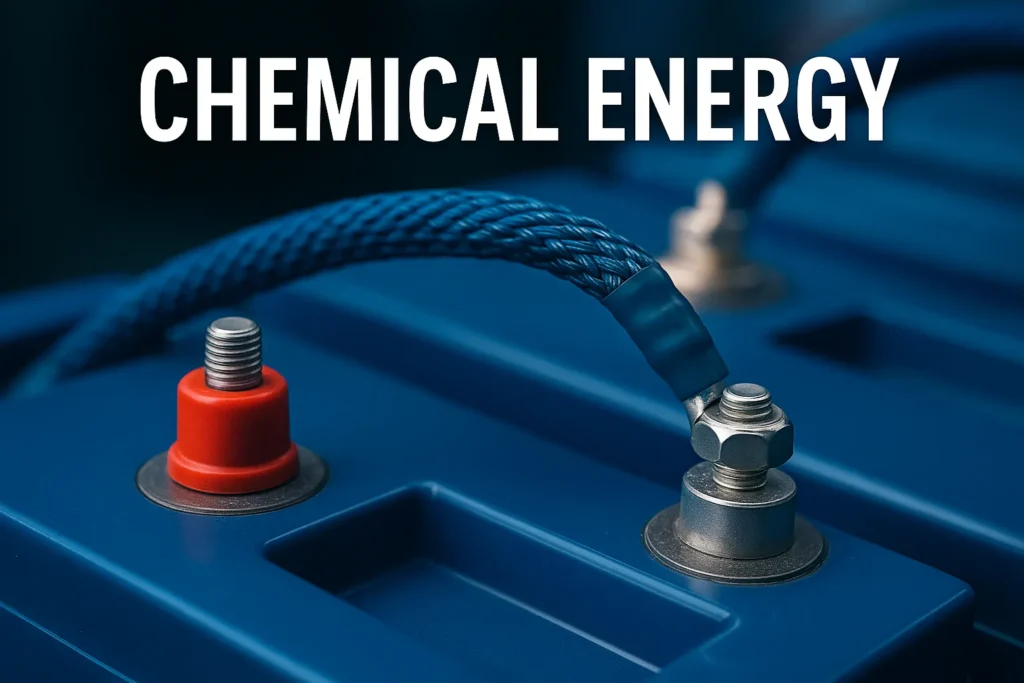Use the charger the company recommends or an equivalent charger that is the same voltage and within the device’s current limitations. Plug into and let the device’s battery management system manage the charge.
Charge up to about 80 percent for ordinary use and top up again when the battery drops below around 20 percent. Keep the battery for the long-term at 40 to 60 percent and keep it cool and dry. These simple behaviors relieve pressure on the cells and extend usable life.
How to Charge Safely and Smartly?
The environment, charger types, and charging habits all have an impact on battery life.
The Science Behind Charging:
Most lithium-ion charging is handled by a two-phase profile: constant current until the cell reaches its programmed top voltage, then constant voltage while the charge current tapers off. That last portion is slower, generates heat, and is where most stress occurs.
Modern devices include a battery management system or charging IC that enforces safe voltages, current limits, and safety timers. Keep firmware updated when manufacturers provide updates because they sometimes improve how charging is managed.

Pick the right charger and cable:
The best option is a certified replacement or the manufacturer’s charger. Shorter battery life can result from cheap or mismatched chargers that provide the incorrect voltage or have poor regulation.
The USB-C power delivery is important. USB-C with PD negotiates the charger-device voltage and the current. That enables a single USB-C charger to safely deliver profiles from 5 volts up through more typical higher voltages like 9, 12, or 20 volts for fast charge under compatible hardware.
Use a good quality PD charger and an adequate rated cable if your hardware is USB-PD capable. Port and cable both must support the negotiated power.
Ideal charging speed:
Avoid charging at higher C-rates than necessary; this is the safe and considerate rule. The battery can be recharged in an hour if the C-rate is set to 1C, which indicates charging at a current equal to the cell capacity.
For extended life, it is preferable to charge at 0.5C or lower; many manufacturers advise charging at 0.8–1C or lower for regular use. Sometimes fast charging is okay, but frequent high-rate charging causes heat buildup and wear over time.
According to a study published in ScienceDirect, rapid charging can hasten the deterioration of lithium-ion batteries, particularly when high currents and warmer temperatures are involved.

Practical charging habits to follow every day:
Keep the battery charged between 20 and 80 percent for everyday use. Because of this, less time is spent at the highest voltages, where aging happens most rapidly.
Charge to 100% right before you go on a lengthy trip or when you need the most runtime possible. On rare occasions, full charges are acceptable.
For everyday use, set the charge limit to 80 percent if your device or power station permits it (many laptops and power stations do).
Do not charge on bedding or on insulating, soft surfaces like cushions. To charge the device, place it on a hard, well-ventilated surface.
Charging from different sources:
AC wall outlet: The standard, most straightforward approach. The device’s wall charger should be used whenever possible.
When supported by both the charger and the device, USB-C/USB-PD provides fast charging and adjustable voltages. Excellent for power banks, laptops, phones, and some battery packs. Make sure the charger and cable have PD certification.
Car DC adapter: Compatible with a wide range of portable electronics. Make sure the cable and adapter fit the device’s input specifications, and be mindful that some car outlets only supply power when the engine is running.
Solar: A charge controller or a solar generator made for your battery type is required for solar charging. Although solar energy can be environmentally friendly and convenient, its output is variable; use the right controllers to avoid overvoltage and safely manage charging.
240V or EV chargers: These are for electric cars and some extremely powerful battery systems. Unless specifically made for it, the majority of small devices and power plants are not EV-chargeable.
Temperature and ventilation:
High-temperature charging can cause safety problems and accelerate chemical wear. Cold reduces charge rates and can strain the battery over usage.
Charge at normal interior temperatures whenever you can and never leave devices in parked cars or under the sun when it is charged. In the event the device overheats when charged, remove it and let it cool off first before continuing.
Dealing with an Unresponsive Battery:
Try using the original charger and let the device charge slowly if it seems dead. If the voltage is too low, many protection circuits will stop charging; a skilled technician’s gentle, controlled revive is safer than attempting one at home.
If the battery becomes hot, swells, or smells strange, stop using it and get it checked or replaced. Never try to open or fix lithium cells on your own.

Storage rules that actually work:
Batteries that will not be used for weeks or months should be kept in a cool, dry location at between 40 and 60 percent charge. Every few months, check them and, if the voltage drops, refill them to the storage range.
Do not store batteries fully charged or fully discharged for long periods.
Small adjustments that extend life:
- When time is not an issue, use lower charge currents.
- If the device is unable to intelligently manage top-off, avoid prolonged overnight charging at 100%.
- When you are close to a power outlet for an extended period, turn off fast charge modes.
- Keep software and firmware updated to benefit from manufacturer charging optimizations.
Summary
Charge with the right charger, cool the battery, don’t deep-discharge and repeated full charges, and charge with moderate currents whenever you can. Charge with USB-C PD chargers when you have them, but be sure the cable and charger are rated and certified.
Keep the batteries at 40 to 60 percent if you will not be using them for a very long time. Keep an eye out for swollen battery cases, strange odors, or over-heating and replace the battery if you see any of them. Small habits add to lots of longer usable battery life.
FAQs
1. Can I use any charger to charge a lithium-ion battery?
Not always. Using the wrong charger can overheat the battery or shorten its lifespan. It is best to use the manufacturer’s recommended charger or a certified USB-C charger that matches the correct voltage and current.
2. Is it safe to leave a lithium-ion battery charging overnight?
Although overcharging is avoided by built-in battery management systems in modern devices, leaving a device plugged in at full capacity for extended periods of time still generates heat and stress. Once the battery is full, unplug it to extend its lifespan.
3. Should I fully drain my lithium-ion battery before charging again?
No. Deep discharges are not necessary for lithium-ion batteries, in contrast to older nickel-based batteries. Generally speaking, it is preferable to maintain them between 20% and 80%.
4. Does fast charging damage lithium-ion batteries?
Over time, fast charging may weaken battery health because it generates more heat. While occasional use is acceptable, if you want to extend the lifespan, try to stick to regular charging.
5. Can I charge with a power bank or solar charger?
Yes, provided the output satisfies the specifications of your device. Nowadays, a lot of solar chargers and power banks support USB-C Power Delivery (PD), which is effective and safe for lithium-ion batteries.
6. What happens if I use my phone or laptop while charging?
It produces more heat, but it is safe. While charging, using demanding apps (such as video editing or gaming) can warm up the battery, potentially lowering its long-term health.
7. How can I store a lithium-ion battery if I am not using it?
Keep it charged between 40 and 60 percent and keep it somewhere dry and cool. Do not leave it completely charged or completely depleted for extended periods of time.
8. Do lithium-ion batteries need calibration?
Actually, not for the battery. Calibration only aids in the software of the device displaying the accurate percentage. Every few months, draining to almost zero and fully recharging is sufficient.
9. Can extreme temperatures affect charging?
Yes. The battery can be permanently harmed by charging in extremely hot or cold conditions. Charge at 10°C to 30°C (50°F to 86°F) if possible.
10. How long do lithium-ion batteries usually last?
Most lithium-ion batteries last between two and four years, or 500 and 1,000 full charge cycles, before deteriorating noticeably with proper charging practices.
References
The information in this article is based on insights from respected organizations in the energy field. We have reviewed content from the following sources to ensure accuracy and relevance:

Posted by Abu Talha
With a background in science at the A-level, Abu Talha has studied subjects including physics, chemistry, mathematics, and biology. Along with his more than 1.5 years of experience in digital marketing, he is passionate about writing about electric vehicles, sustainable energy, and how emerging technologies are influencing the future.


